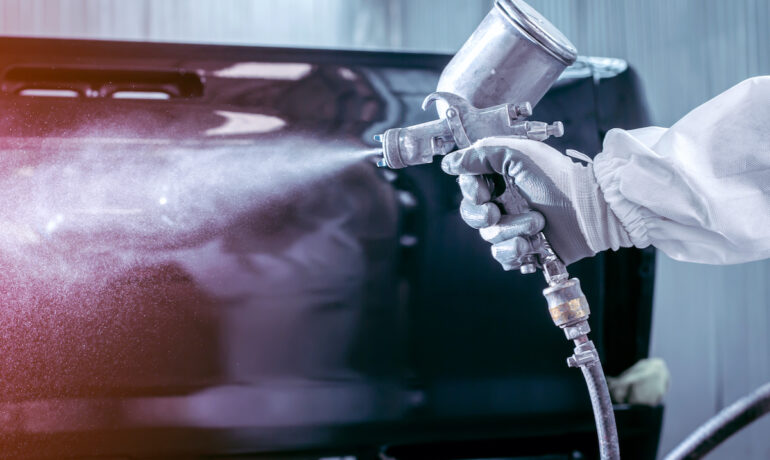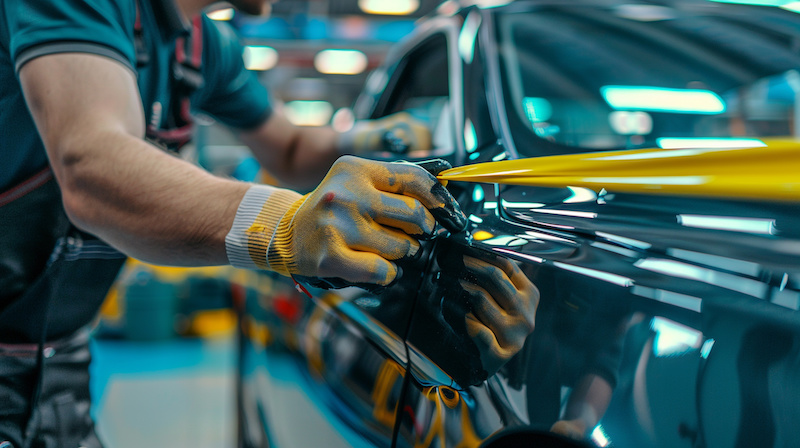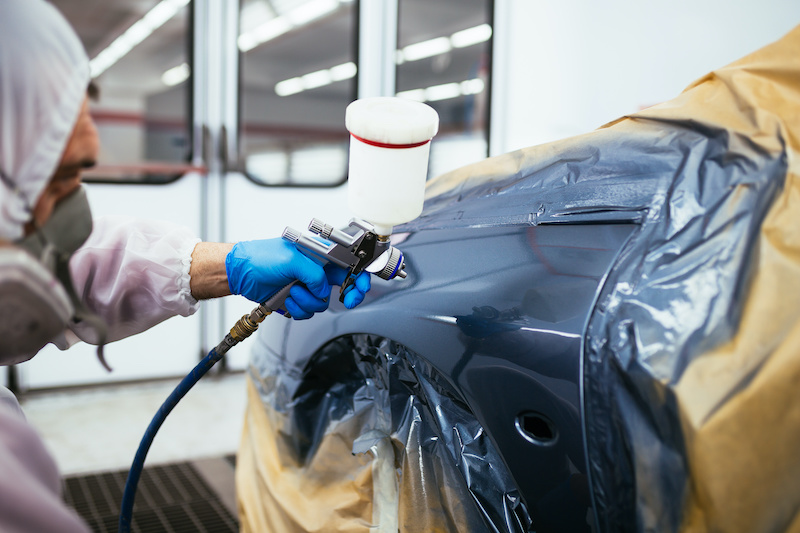 When we consider the question “Should I repaint my car?,” it’s important to weigh several factors. A fresh coat of paint can breathe new life into our vehicle, enhancing its appearance and potentially increasing its value. However, repainting a car is a significant decision that involves considerations beyond just esthetics. The process has an impact on paint durability, quality, and overall bodywork.
When we consider the question “Should I repaint my car?,” it’s important to weigh several factors. A fresh coat of paint can breathe new life into our vehicle, enhancing its appearance and potentially increasing its value. However, repainting a car is a significant decision that involves considerations beyond just esthetics. The process has an impact on paint durability, quality, and overall bodywork.
To make an informed choice, we need to assess our car’s current condition, including existing paint scratches and the need for paint repair. We’ll explore cost considerations, addressing the common query “How much for a car paint job?” and whether it’s worth getting a paint job on a car. We’ll also look at alternatives like paint touch-ups that might be more suitable for minor issues. By examining these key factors, we can determine the best course of action for our vehicle’s appearance and value.
Assessing Your Car’s Current Condition
Evaluating Paint Damage: Repaint?
To determine if we should repaint our car, we need to carefully assess its current condition. The first step is to evaluate any paint damage. We’ll look for signs of fading, discoloration, peeling, or bubbling in the clear coat. These issues often result from exposure to sunlight, harsh weather, and inadequate protection. If we notice significant fading or a loss of shine, it might be time to consider repainting. However, if the damage is minimal, a good polishing and waxing might be sufficient to restore the paint’s luster.
Before a Repaint, Check for Rust and Body Issues
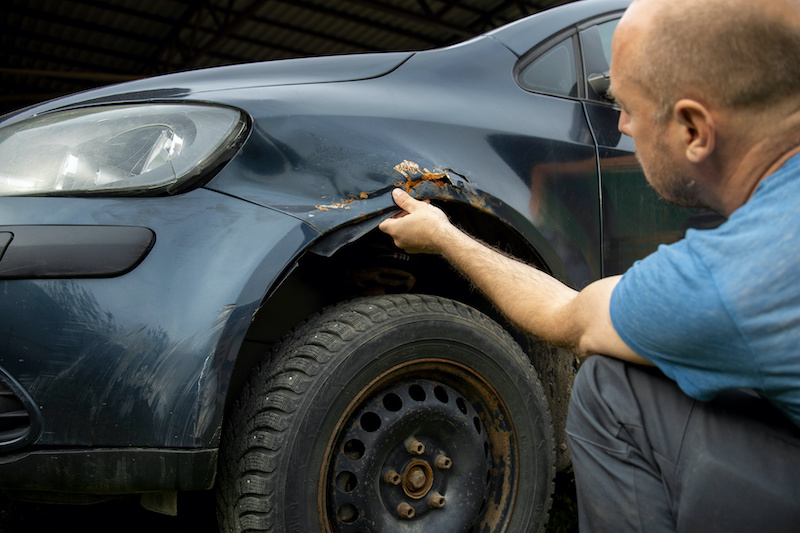 Next, we’ll inspect the car’s body for rust and other structural problems. Rust is a serious concern as it can compromise the vehicle’s integrity if left unchecked. We’ll pay close attention to areas prone to rust, such as wheel wells, the undercarriage, and spots where paint has chipped away. If we find small rust spots, they might be treatable with rust inhibitors and touch-up paint. However, extensive rust damage may require professional repair or even panel replacement before repainting.
Next, we’ll inspect the car’s body for rust and other structural problems. Rust is a serious concern as it can compromise the vehicle’s integrity if left unchecked. We’ll pay close attention to areas prone to rust, such as wheel wells, the undercarriage, and spots where paint has chipped away. If we find small rust spots, they might be treatable with rust inhibitors and touch-up paint. However, extensive rust damage may require professional repair or even panel replacement before repainting.
Consider the Car’s Value and Age in Repaint Decisions
For older vehicles or those with high mileage, a full repaint might not be a cost-effective solution. We need to weigh the cost of repainting against the car’s current market value. As a rule, if the cost of repainting exceeds 30% of the car’s value, it might not be worth the investment. However, for classic cars or vehicles with sentimental value, repainting could be a worthwhile expense to preserve their appearance and prevent further deterioration.
By thoroughly assessing these factors, we can make an informed decision about whether repainting our car is the best course of action. Remember, sometimes a professional detailing or paint touch-up can significantly improve our car’s appearance without the need for a full repaint.
Cost Considerations of a Repaint 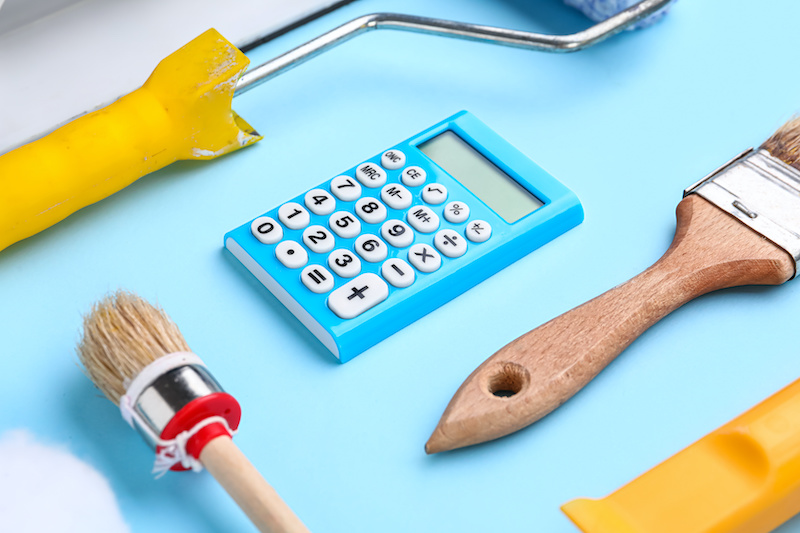
When we think about repainting our car, one of the first questions that comes to mind is, “How much for a car paint job?” The cost can vary significantly based on several factors, and it’s crucial to understand these to make an informed decision.
Professional vs. DIY Repaint Costs
Professional paint jobs typically offer higher quality results but come at a steeper price. On average, we can expect to pay between $3,000 to $10,000 for a professional paint job on a sedan with minimal damage. This cost includes preparation work, quality paint, and expert application. DIY painting, on the other hand, can be more economical, with supplies costing only a few hundred dollars. However, without proper equipment and skills, the results may be less than satisfactory. It’s important to weigh the potential savings against the risk of a subpar finish.
Hidden Repaint Expenses
 When considering a paint job, we need to account for potential hidden costs. These may include repairs for rust, dents, or scratches, which are essential for a flawless finish. Changing the original color or opting for specialty colors like metallic or pearlescent finishes can also increase the overall expense. Additionally, painting areas not typically visible, such as door jambs or under the hood, will add to the cost. It’s crucial to discuss these potential extras with the auto body shop beforehand to avoid unexpected charges.
When considering a paint job, we need to account for potential hidden costs. These may include repairs for rust, dents, or scratches, which are essential for a flawless finish. Changing the original color or opting for specialty colors like metallic or pearlescent finishes can also increase the overall expense. Additionally, painting areas not typically visible, such as door jambs or under the hood, will add to the cost. It’s crucial to discuss these potential extras with the auto body shop beforehand to avoid unexpected charges.
Alternatives to Full Repainting
When considering whether to repaint our car, we should explore alternatives that can improve its appearance without the need for a full paint job. These options can be more cost-effective and less time-consuming while still addressing paint durability and quality concerns.
Paint Correction and Detailing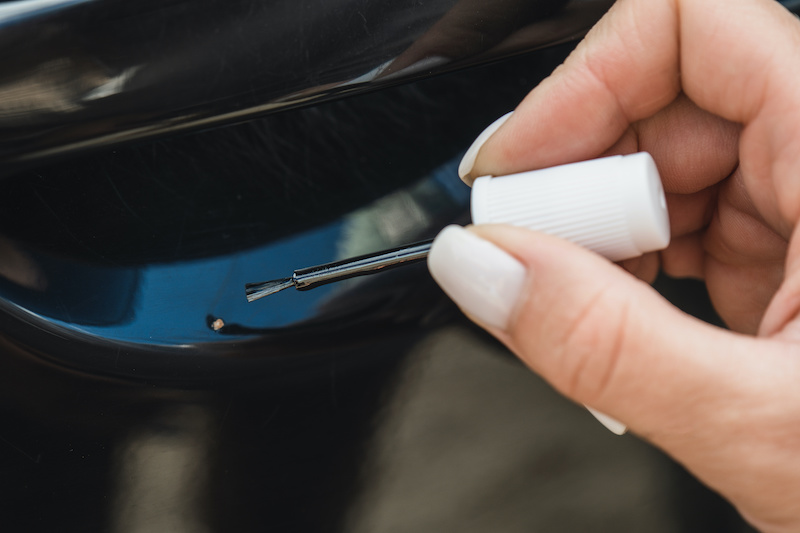
Paint correction is a process that goes beyond ordinary detailing to rejuvenate our car’s paintwork. This method targets surface flaws, restoring the vehicle’s paint to its factory shine. Unlike simple car washes, paint correction addresses deeper issues affecting our car’s appearance and protection.
The process involves a thorough wash and decontamination, followed by the application of abrasive compounds. Technicians use polishing pads and machine polishers to work these compounds into the paint, carefully removing a thin layer of the clear coat. This technique can effectively eliminate swirl marks, light scratches, and signs of oxidation.
Vinyl Wraps
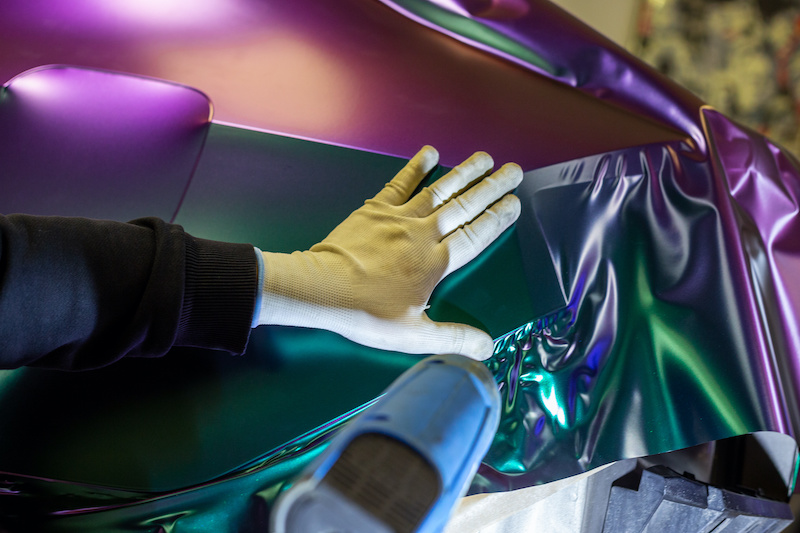 Wraps can duplicate a stock color or create one that the factory doesn’t offer. They’re available in various finishes, including matte, mirror, or even wild graphic designs. One advantage of wraps is their quick turnaround time. While a good paint job can take up to a week, a wrap can be completed in just a day or two. Wraps also require less maintenance than paint, needing only regular washing without the need for waxing.
Wraps can duplicate a stock color or create one that the factory doesn’t offer. They’re available in various finishes, including matte, mirror, or even wild graphic designs. One advantage of wraps is their quick turnaround time. While a good paint job can take up to a week, a wrap can be completed in just a day or two. Wraps also require less maintenance than paint, needing only regular washing without the need for waxing.
However, wraps typically last about five years, while a high-quality paint job can shine for decades with proper care. Additionally, any physical imperfections on the car’s surface will show through the wrap, so some bodywork may still be necessary before application.
Partial Repaint and Touch-Ups
For minor paint repair issues, partial repaints and touch-ups can be effective solutions. These methods allow us to target specific areas of damage without the need for a full repaint. Touch-up repairs are ideal for small areas with surface scratches that don’t penetrate through to the metal. For larger areas of damage, partial repaints can be more appropriate. These techniques can address issues like paint chips, small scratches, or localized fading.
For those looking to improve their car’s appearance without a full repaint, alternatives such as paint correction, vinyl wraps, or partial repaints offer viable solutions. These options can address issues like minor scratches, fading, or the desire for a color change, often at a lower cost and with less downtime than a complete repaint. Ultimately, the decision depends on the specific needs of the vehicle and the owner’s budget, making it crucial to weigh all options carefully before proceeding with any auto body repair work in Covina or elsewhere.
About DG Collision Center, an Auto Body Shop in Covina, California
We would love to help restore your vehicle following a car accident or comprehensive damage. DG Collision Center in Covina, California is your one-stop-shop in Covina for auto body repair after car accidents. Our highly trained team includes specialized technicians. We work directly with all insurance companies. This enables our customers to file a claim without even needing to be present.




